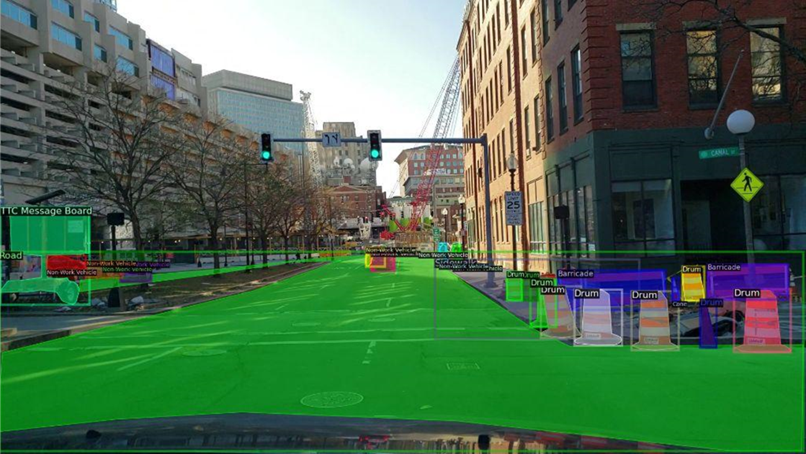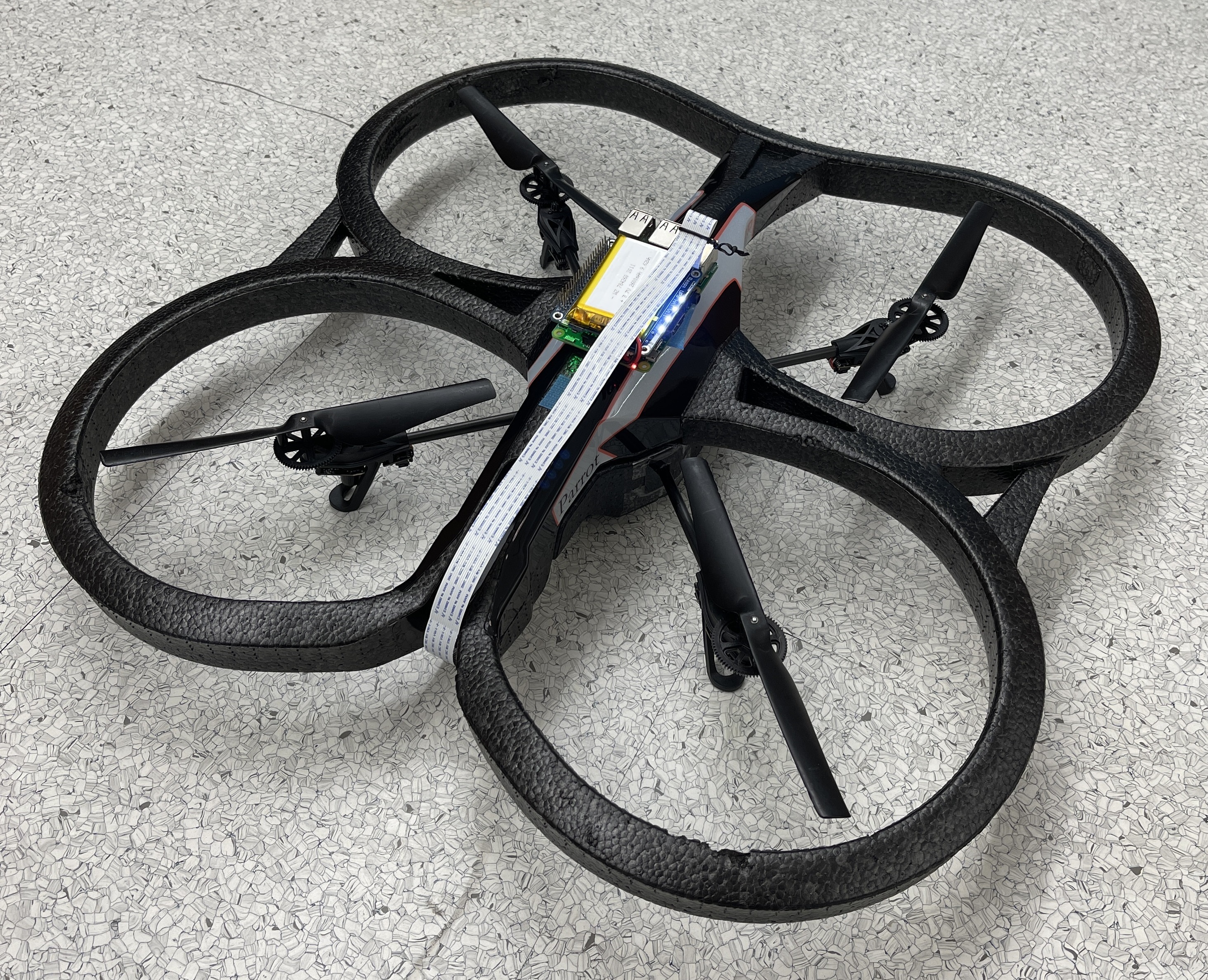Publications
2023
-
 GeometryPaste: Geometry-Based Copy-Paste Data Augmentation for Instance SegmentationNicholas Dunn, Anurag Ghosh, and Christoph MertzRISS Working Papers Journal, 2023
GeometryPaste: Geometry-Based Copy-Paste Data Augmentation for Instance SegmentationNicholas Dunn, Anurag Ghosh, and Christoph MertzRISS Working Papers Journal, 2023Instance segmentation models require large datasets of annotated images to achieve adequate performance. However, annotated datasets are difficult to build or obtain. There are several large-scale datasets for common objects, but few exist for rare objects. Detecting rare objects has many practical applications, such as autonomous vehicles detecting roadwork objects. Copy-Paste is a data augmentation method for generating images and has been utilized successfully to improve instance segmentation performance. Prior works have studied both random Copy-Paste, where objects are randomly pasted onto images, and pasting objects based on the surrounding visual context. In this paper, we develop GeometryPaste, a method of pasting objects according to the geometry and context of the objects and background images. We build a small dataset of roadwork objects and fine-tune a pre-trained instance segmentation model to evaluate our method. Our results are compared against both baseline and random Copy-Paste APs. The results suggest that GeometryPaste may provide performance improvements over both baseline and random Copy-Paste augmentation for instance segmentation of rare object categories in small datasets.
2022
- Autonomous UAV Navigation in a GPS-Denied Outdoor Environment Using Discontinuous Visual Contact with Fiducial MarkersNicholas Dunn, Zachary Schallenberger, Saad Biaz, and 1 more authorJ. Comput. Sci. Coll., 2022
Autonomous navigation of Unmanned Aerial Vehicles (UAVs) has become an increasingly popular area of study as technology has advanced over the years. One technology that has been developed for use in the autonomous navigation of UAVs is fiducial markers. Fiducial markers are a type of physical tag that can be placed in an environment to assist with UAV localization, navigation, and landing. A UAV can identify and scan a fiducial marker with an onboard camera and take appropriate action based on the data received from the marker. Previous research using only fiducial markers and onboard sensors for UAV navigation in a GPS-denied environment requires the camera to have constant visual contact with at least one marker. This paper explores the use of fiducial markers for outdoor UAV navigation in a GPS-denied environment without the restriction of constant visual contact with a marker. Physical implementation and formal methods are used to study the performance and overall viability of this solution.
